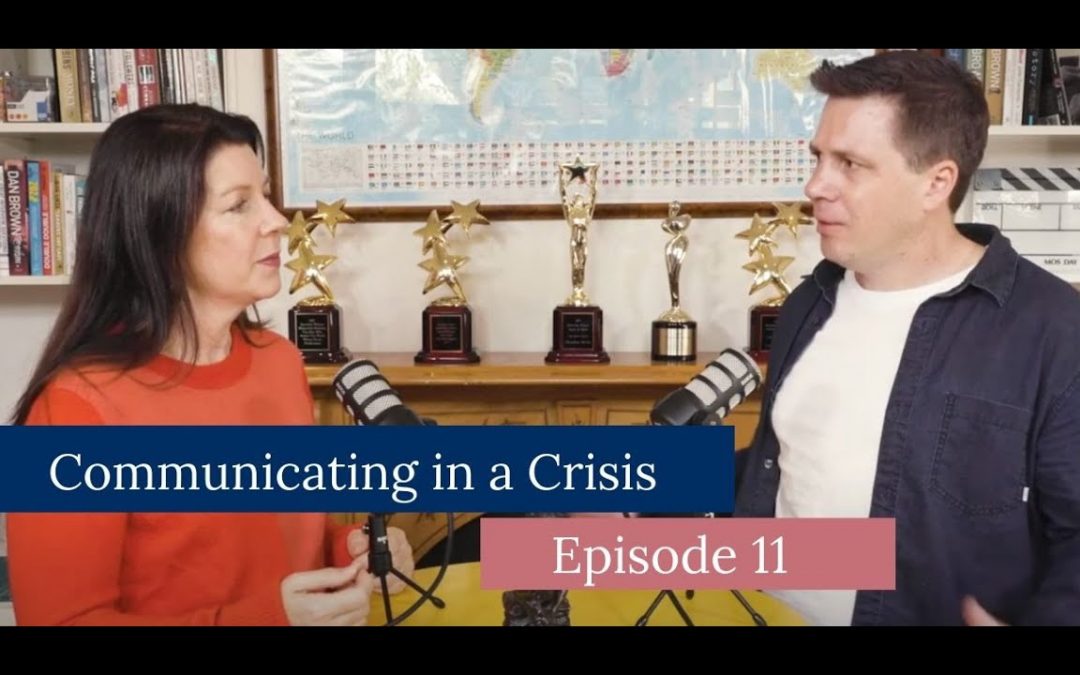Communicating In A Crisis
This week we’re showing you what communicating in.a crisis is all about.
While most crises are unexpected, many can be managed by communicating effectively.
If anything, the word ‘crisis’ has become synonymous with 2020. The world experienced some devastating lows and many businesses scrambled to find their footing as the COVID19 pandemic took hold. The term ‘crisis’ was heard almost as frequently as ‘unprecedented’ and ‘pivot’.
When a crisis situation develops, often our natural instinct is to contain the storm and desperately try to re-set to normal. But what if the crisis has obliterated ‘normal’?
At Moonshine Agency, we’ve needed to communicate in a crisis on a number of occasions – the coronavirus outbreak was no exception. Which is why we want to show you how to communicate important messages that can cut though and be heard during a crisis.
Crisis can’t be planned, but the way you communicate should be
Crises are a reality in today’s world, so we need to find a way to accept and anticipate them.
The best thing to do in a crisis is to communicate the facts and issues surrounding the situation quickly, clearly and consistently.
But you also don’t want to overwhelm your audience with too much communication that can come across as confronting or even offensive.
In the early days of the pandemic crisis, businesses started to communicate with their customers vehemently.
Newsletters were sent. Mailing lists were re-activated. Suddenly every single platform we had every subscribed to was reaching out and letting us know that COVID-19 was a real threat but that ‘we were all in this together.’
Email after email. Press conference after press conference. We were constantly reminded that the pandemic was changing the familiar way of things.
Of course, communication can’t – and shouldn’t – stop during times of crisis, but it’s essential to remain mindful of the audience on the receiving end.
Balance is key when communicating in a crisis
A key rule for communicating in a crisis is to remain sensitive towards the people at the centre of it.
In the case of COVID-19, it was everybody, but it’s an important consideration for any emergency.
The crisis in question could be the most challenging period of someone’s life, which means all messaging must be handled cautiously and carefully.
Acknowledging that something disastrous is playing out is important, but recognising that most people will just be trying to keep their head above water is also crucial.
The trick is to strike a balance between informative and compassionate. When a catastrophe unfolds, being genuine and empathetic will help you and your company shine.
How we communicated during the COVID-19 crisis
At the beginning of the coronavirus crisis, we worked with five different communities in Australia’s Top End to share key health information about COVID-19.
As a business, we have a lot of experience in health messaging, especially when it coms to Australia’s ingenious population.
Australia’s remote indigenous communities have some of the highest rates of chronic disease in the country, and likely the world, making them extremely vulnerable to COVID-19.
We wanted to ensure these communities had proper access to information, but in a way that was accessible and would connect. So we created a series of customised films tailored to suit each community, with first Australians as the messenger.
The videos are direct, specific and were produced in a number of different languages to reach the necessary communities. And Australia’s indigenous population has an extremely low rate of COVID-19.
The voice you use to communicate in a crisis really matters
Deciding on the right person to speak to an audience is an often overlooked but critical piece of the puzzle. We talk more about it in this episode of the Moonshine Moonshot series.
For the video we created to address COVID-19 in remote communities, using a first Australian as the voice of the messaging was a calculated choice.
The awareness campaigns developed for the Australian public was lead by politicians and government run advertising, It used animation and voiceover and had the potential to miss the mark for Aboriginal and Torres Straight Islander people.
Talking to people in their first language, without complicated phrases or jargon, will always help the message cut through.
By communicating essential information, sharing what you actually know and avoiding corporate speak, you’re much more likely to hold your audience’s attention.
Times of crisis naturally lead to stress, but with authentic and sensitive messaging you can help people make sense of the situation.
We delve a little deeper into this topic in the Moonshine Moonshot episode. Scroll down to watch the video or listen to the extended audio podcast edition.






